The military history of the United States is a complex and multifaceted narrative that reflects the nation’s growth, struggles, and evolution. From its colonial beginnings to its current status as a global superpower, the U.S. military has played a crucial role in shaping both national and international affairs. This article explores key conflicts, developments, and transformations in U.S. military history, highlighting the impact of warfare on American society and politics.
Colonial and Revolutionary Period (1607-1783)

Early Conflicts
Colonial Wars: The military history of the U.S. begins with the colonial period, where settlers faced conflicts with Indigenous peoples and European rivals. Notable conflicts included King Philip’s War (1675-1676), which was one of the deadliest conflicts in American history, resulting in the near destruction of several Native American tribes in New England. The French and Indian War (1754-1763) was another significant conflict, where British colonists fought against French forces and their Native American allies. This war set the stage for the American Revolution by increasing tensions between the colonies and Britain.
The American Revolutionary War (1775-1783)
Causes: Growing tensions between the American colonies and Great Britain over taxation, lack of representation, and restrictive governance led to the Revolutionary War. The slogan “No taxation without representation” became a rallying cry for revolutionary sentiments.
Key Events: Major battles such as Lexington and Concord marked the war’s beginning, while the Battle of Bunker Hill showcased the determination of the colonial forces. The turning point came with the American victory at Saratoga in 1777, which convinced France to ally with the colonies. The war culminated in the Siege of Yorktown in 1781, where British General Cornwallis surrendered to Washington’s forces, effectively ending major hostilities.
Outcome: The war concluded with the Treaty of Paris in 1783, recognizing the independence of the United States and establishing its boundaries. The conflict fostered a sense of American identity and laid the groundwork for the U.S. Constitution.
Early Republic and War of 1812 (1783-1815)
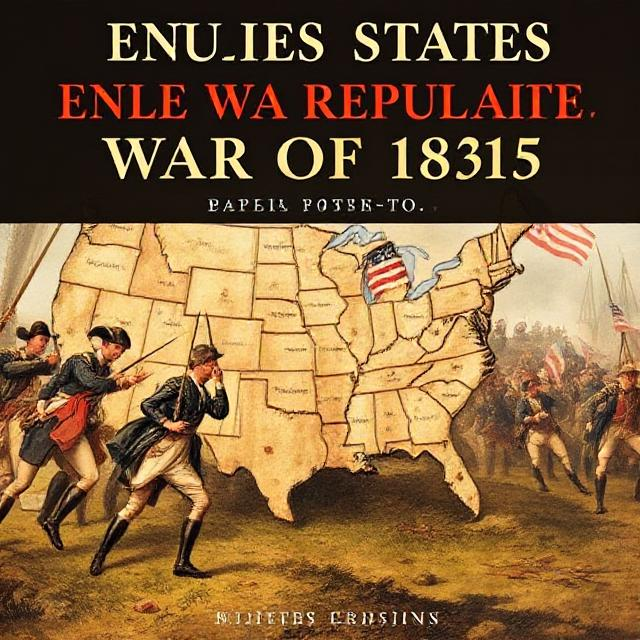
Establishment of a Standing Army
Post-Revolutionary Period: Following independence, the U.S. faced challenges in establishing a professional military. The Articles of Confederation limited federal power, leading to a reliance on state militias. The need for a standing army became evident during domestic uprisings, such as Shays’ Rebellion (1786-1787), prompting calls for a stronger federal government.
The War of 1812 (1812-1815)
Causes: Tensions with Britain over trade restrictions, impressment of American sailors, and support for Native American resistance led to the declaration of war. The war was also fueled by a desire to expand U.S. territory.
Key Events: Significant battles included the Battle of New Orleans, where General Andrew Jackson achieved a decisive victory after the war had officially ended. The burning of Washington, D.C., in 1814 was a significant blow to American morale but galvanized public support for the war effort.
Outcome: The Treaty of Ghent ended the war in 1814, restoring pre-war boundaries and fostering a sense of American nationalism. The war’s outcome solidified U.S. sovereignty and marked the decline of Federalist opposition to the war.
Expansion and the Mexican-American War (1815-1848)
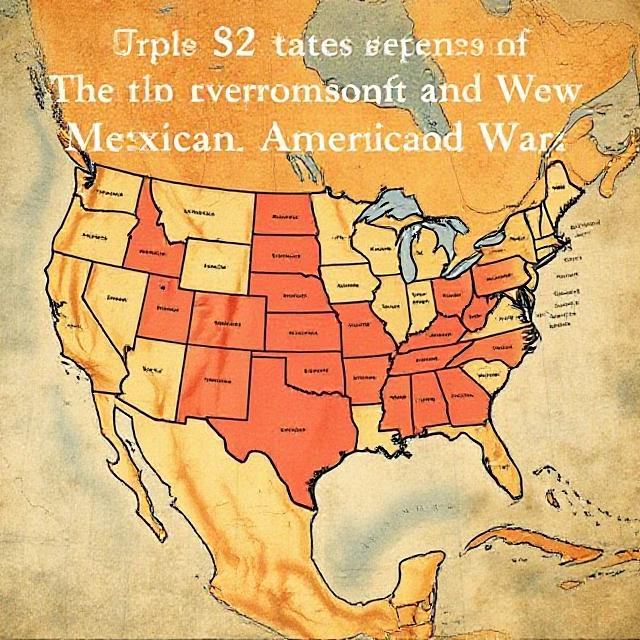
Westward Expansion
Manifest Destiny: The belief in Manifest Destiny the idea that the U.S. was destined to expand across the continent shaped military and political actions in the 19th century. This ideology justified the displacement of Native American tribes and conflicts with neighboring countries.
The Mexican-American War (1846-1848)
Causes: Tensions over Texas annexation and border disputes led to conflict with Mexico. The U.S. claimed the Rio Grande as the southern border of Texas, while Mexico asserted the Nueces River as the boundary.
Key Events: Notable battles included Palo Alto, where American forces utilized artillery effectively, and Buena Vista, where General Zachary Taylor’s troops faced a larger Mexican army. The capture of Mexico City in September 1847 marked a decisive victory for U.S. forces.
Outcome: The Treaty of Guadalupe Hidalgo resulted in significant territorial gains for the U.S., including California, Nevada, Utah, Arizona, and parts of Colorado and New Mexico. This expansion further fueled debates over slavery in the new territories.
Civil War Era (1861-1865)
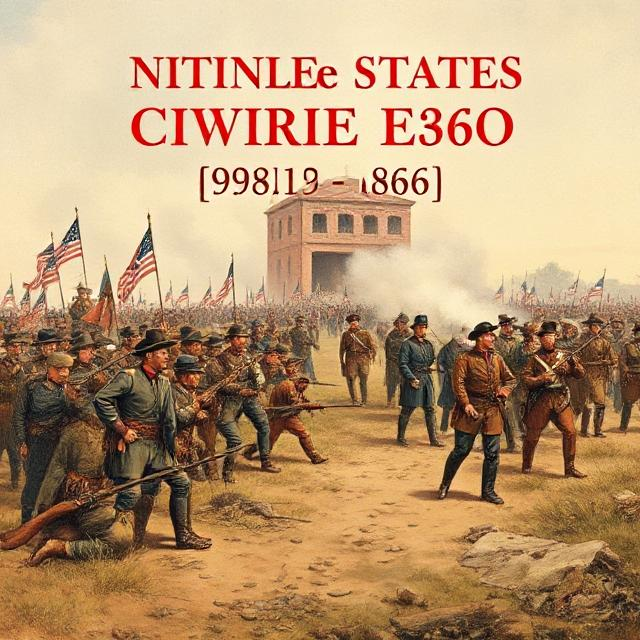
Causes of the Civil War
Sectional Tensions: Growing divisions over slavery, states’ rights, and economic differences between the North and South led to the Civil War. The election of Abraham Lincoln in 1860 prompted several Southern states to secede from the Union, forming the Confederate States of America.
Key Battles and Strategies
Major Battles: Significant battles included Gettysburg, a turning point that halted Lee’s invasion of the North, and Antietam, the bloodiest single-day battle in American history. The Siege of Vicksburg gave the Union control of the Mississippi River, effectively splitting the Confederacy.
Military Leadership: Key figures included Union generals Ulysses S. Grant and William Tecumseh Sherman, known for his “March to the Sea,” which aimed to destroy the South’s will to fight. Confederate generals Robert E. Lee and Stonewall Jackson led the Southern forces with tactical brilliance.
Outcome and Impact
End of the War: The war ended in 1865 with the surrender of Lee at Appomattox Court House. The conflict resulted in the abolition of slavery through the 13th Amendment and significant changes in the social and political landscape of the U.S., including the Reconstruction era, which sought to rebuild the South and integrate freed slaves into society.
Reconstruction and Indian Wars (1865-1890)
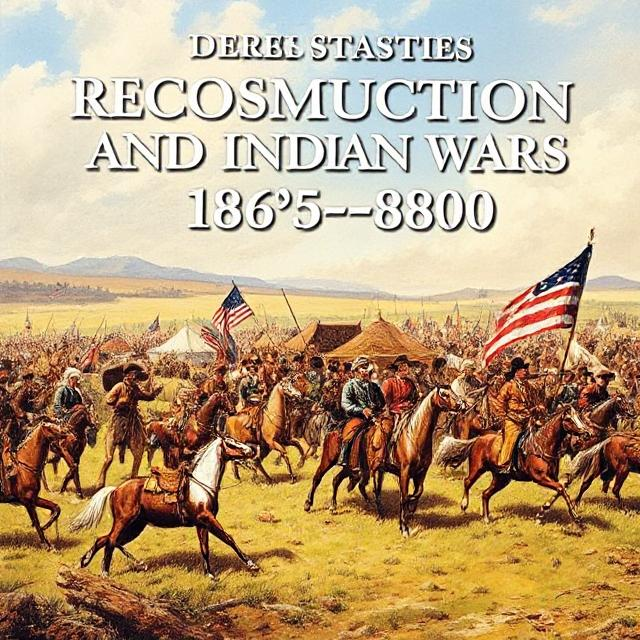
Reconstruction Era
Military Presence: The U.S. military played a crucial role in enforcing Reconstruction policies in the South, helping to protect the rights of newly freed African Americans. Federal troops were deployed to maintain order and ensure compliance with new laws.
Indian Wars
Conflicts with Native Americans: As settlers moved westward, conflicts with Indigenous peoples escalated. Notable conflicts included the Sand Creek Massacre (1864), where Colorado militia killed hundreds of Cheyenne and Arapaho, and the Battle of Little Bighorn (1876), where General George Armstrong Custer’s forces were defeated by a coalition of Native American tribes.
Policy of Relocation: The U.S. government pursued policies of relocation and assimilation, leading to significant loss of life and culture among Native American tribes. The Dawes Act of 1887 aimed to assimilate Native Americans into American society by allotting them individual plots of land.
Spanish-American War and World War I (1898-1918)
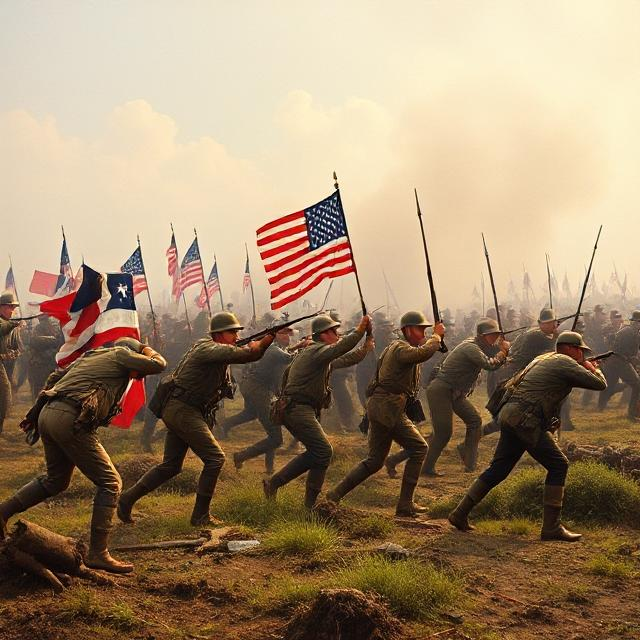
Spanish-American War (1898)
Causes: The war was fueled by U.S. interests in Cuba and the explosion of the USS Maine in Havana Harbor, which was attributed to Spanish sabotage.
Key Events: Major battles included the Battle of San Juan Hill, where Theodore Roosevelt and the Rough Riders gained fame. Naval engagements in the Philippines, particularly the Battle of Manila Bay, demonstrated American naval superiority.
Outcome: The Treaty of Paris (1898) resulted in the U.S. acquiring Puerto Rico, Guam, and the Philippines, expanding its influence in the Caribbean and the Pacific. This war marked the emergence of the U.S. as a global power and initiated debates over imperialism.
World War I (1914-1918)
U.S. Entry: The U.S. entered the war in 1917, influenced by unrestricted submarine warfare by Germany and the Zimmermann Telegram, which revealed German proposals to Mexico for an alliance against the U.S.
Key Contributions: American forces, known as the American Expeditionary Forces (AEF), played a significant role in key battles such as the Second Battle of the Marne and the Meuse-Argonne Offensive, contributing to the eventual defeat of the Central Powers.
Outcome: The war concluded with the Treaty of Versailles in 1919, leading to significant geopolitical changes and setting the stage for future conflicts. The war also prompted the U.S. to adopt a more active role in international affairs.
Interwar Period and World War II (1918-1945)

Interwar Military Developments
Military Reforms: The interwar period saw significant military reforms, including the establishment of air power as a critical component of military strategy. The development of tanks and aircraft transformed warfare tactics.
World War II (1939-1945)
U.S. Entry: The U.S. entered the war after the attack on Pearl Harbor on December 7, 1941, which galvanized public support for military action.
Key Contributions: American forces fought in major theaters, including the Pacific, Europe, and North Africa. Key battles included the Battle of Midway, which turned the tide in the Pacific, and D-Day (Normandy), where Allied forces launched a massive invasion of German-occupied France.
Outcome: The war ended in 1945 with the unconditional surrender of Germany in May and Japan in September. The use of atomic bombs on Hiroshima and Nagasaki marked a significant and controversial moment in military history, leading to Japan’s surrender and raising ethical questions about nuclear warfare.
Cold War Era (1947-1991)
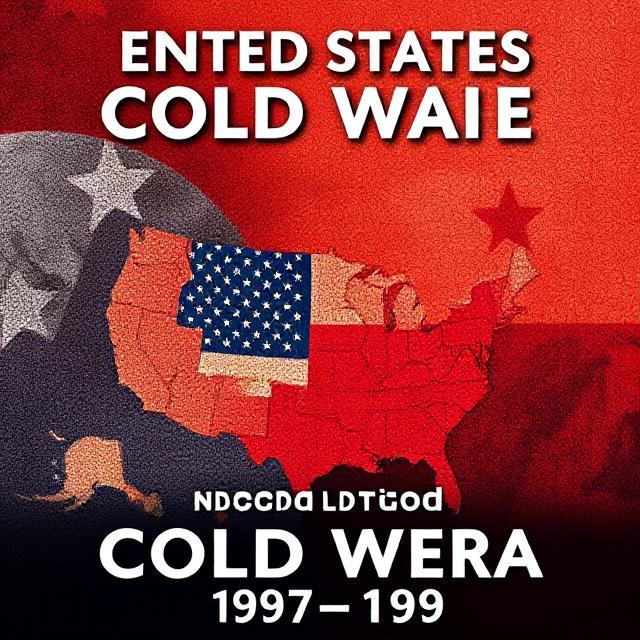
Korean War (1950-1953)
Causes: The war erupted as North Korea invaded South Korea, leading to U.S. intervention under the auspices of the United Nations. The conflict was rooted in the division of Korea after World War II.
Key Events: Major battles included the Inchon Landing, a surprise amphibious assault that turned the tide in favor of UN forces, and the Battle of Pusan Perimeter, where American and South Korean troops held off North Korean advances.
Outcome: The war ended in an armistice in 1953, establishing the Korean Demilitarized Zone (DMZ) but no formal peace treaty, leading to a continuing division of the Korean Peninsula.
Vietnam War (1955-1975)
Causes: U.S. involvement in Vietnam was driven by the desire to prevent the spread of communism in Southeast Asia, following the domino theory that suggested that the fall of one country to communism would lead to the fall of its neighbors.
Key Events: Major events included the Tet Offensive in 1968, which, despite being a military failure for the North Vietnamese, shifted public opinion against the war in the U.S. The My Lai Massacre in 1968 further fueled anti-war sentiment.
Outcome: The war ended with the withdrawal of U.S. forces in 1973 and the fall of Saigon in 1975, resulting in the unification of Vietnam under communist control. The conflict led to significant domestic opposition and a reevaluation of U.S. military strategy and foreign policy.
Post-Cold War and 21st Century Conflicts (1991-Present)

Gulf War (1990-1991)
Causes: The invasion of Kuwait by Iraq under Saddam Hussein prompted a U.S.-led coalition to intervene. The U.S. aimed to protect its oil interests and uphold international law.
Key Events: The war featured rapid military action known as “Operation Desert Storm,” showcasing advanced technology and precision strikes. The coalition forces quickly liberated Kuwait.
Outcome: The coalition successfully liberated Kuwait, but Saddam Hussein remained in power, leading to ongoing tensions and future conflicts.
War on Terror (2001-Present)
September 11 Attacks: The 2001 attacks prompted the U.S. to launch the War on Terror, targeting al-Qaeda and the Taliban. This marked a shift in U.S. military focus to counterterrorism.
Afghanistan War (2001-Present): The U.S. invaded Afghanistan in October 2001, aiming to dismantle al-Qaeda and remove the Taliban from power. The conflict has seen prolonged military engagement, with efforts to establish a stable government in Afghanistan.
Iraq War (2003-2011): The U.S. invaded Iraq in 2003, citing the need to eliminate weapons of mass destruction and combat terrorism. The conflict led to significant instability, sectarian violence, and the rise of extremist groups.
Conclusion
The military history of the United States reflects the nation’s evolution, from its colonial roots to its role as a global superpower. Each conflict and military engagement has shaped American society, politics, and international relations. Understanding this history provides valuable insights into the complexities of warfare and its enduring impact on the nation. The U.S. military continues to adapt to new challenges, including cyber warfare and global terrorism, as it navigates an increasingly complex international landscape.


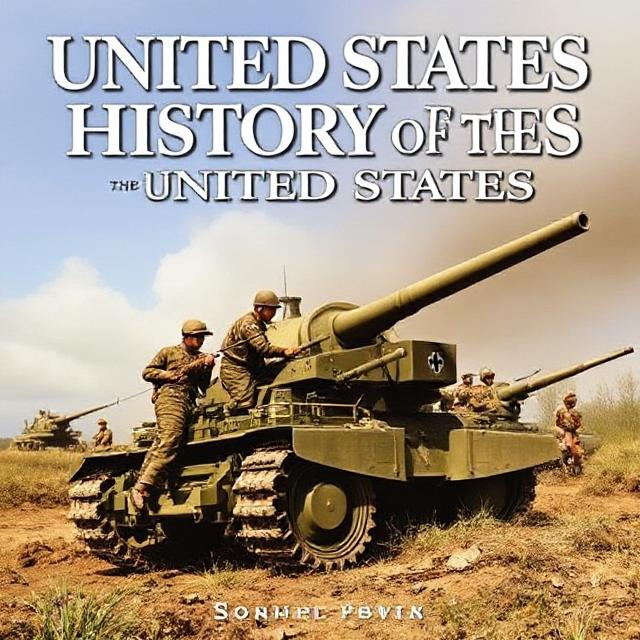
2 thoughts on “Military History of the United States”